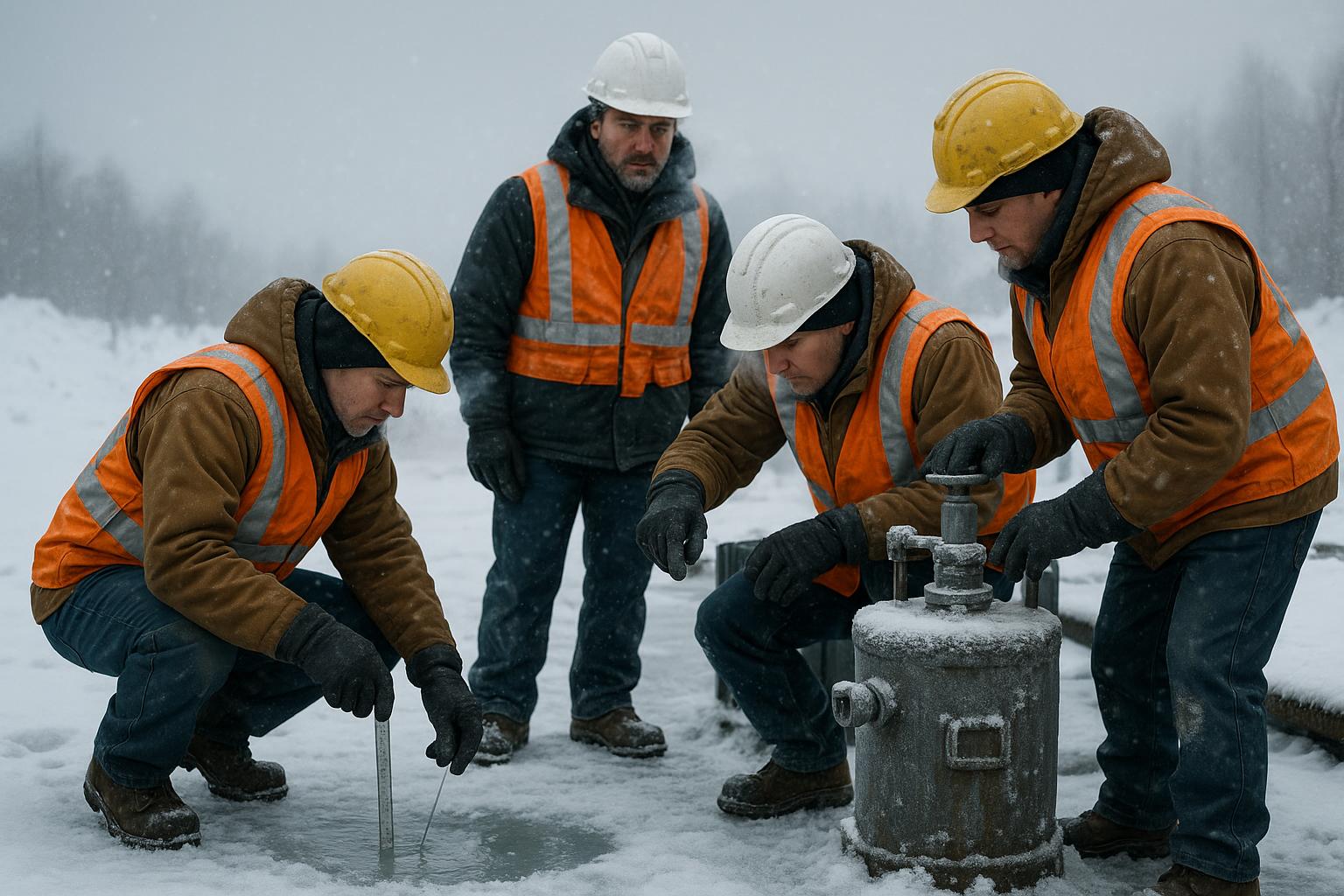Introduction
Personal Protective Equipment (PPE) plays a critical role in ensuring worker safety by providing a physical barrier against job hazards. However, the effectiveness of PPE depends on selecting the right equipment that matches the specific job hazards. This article emphasizes the importance of properly selecting PPE and explores strategies for matching equipment to job hazards. By making informed decisions in PPE selection, organizations can enhance worker safety and minimize the risk of workplace injuries.
The Importance of Proper PPE Selection
Proper selection of PPE is crucial for several reasons:
- Hazard Mitigation: PPE serves as the last line of defense against job hazards. By selecting the appropriate PPE, organizations can effectively mitigate the risks associated with specific job hazards, reducing the likelihood and severity of workplace injuries.
- Regulatory Compliance: Regulatory bodies, such as OSHA, require employers to provide appropriate PPE to workers exposed to specific hazards. Proper PPE selection ensures compliance with these regulations, helping organizations avoid penalties and legal consequences.
- Worker Confidence and Comfort: Selecting PPE that is suitable for the job hazards enhances worker confidence in their safety equipment. Comfortable and well-fitting PPE encourages workers to wear it consistently, promoting a positive safety culture and reducing the risk of non-compliance.
- Optimal Safety Performance: When PPE is matched correctly to job hazards, it maximizes safety performance. Properly selected equipment provides the necessary protection, allowing workers to perform their tasks effectively without compromising their safety.
Matching PPE to Job Hazards
To ensure optimal safety, organizations should follow these strategies when matching PPE to job hazards:
- Conduct a Hazard Assessment: Begin by conducting a thorough hazard assessment to identify the specific hazards present in the workplace. This assessment should consider factors such as physical, chemical, biological, and ergonomic hazards that workers may encounter.
- Understand PPE Requirements: Familiarize yourself with the PPE requirements outlined by regulatory agencies and industry standards for the identified hazards. OSHA provides guidelines on PPE selection for various hazards, serving as a valuable resource for organizations.
- Consider Job-specific Factors: Take into account job-specific factors that may influence PPE selection. Consider the nature of the task, duration of exposure, work environment, and any specific requirements related to the hazards involved.
- Evaluate PPE Options: Assess the available PPE options and consider their compatibility with the identified hazards. Look for equipment that provides the necessary protection, is designed for the specific hazard, and meets relevant safety standards.
- Fit and Comfort: Ensure that selected PPE fits properly and is comfortable for the workers. Ill-fitting or uncomfortable PPE may discourage consistent use, compromising worker safety. Consider factors such as size ranges, adjustability, and ergonomic design when selecting PPE.
- Training and Education: Provide comprehensive training to workers on the proper use, care, and limitations of the selected PPE. Ensure that workers understand the importance of using the specific equipment and are trained to identify when PPE needs replacement or repair.
- Regular Review and Updates: Periodically review and update PPE selection based on changes in job hazards, regulations, or advancements in PPE technology. Stay informed about new equipment options and emerging best practices to enhance safety performance.
Conclusion
Proper selection of PPE is vital for ensuring optimal safety and minimizing workplace injuries. By conducting a thorough hazard assessment, understanding PPE requirements, considering job-specific factors, evaluating available options, prioritizing fit and comfort, providing training and education, and regularly reviewing and updating PPE selection, organizations can match equipment to job hazards effectively. By making informed decisions in PPE selection, organizations demonstrate their commitment to worker safety, enhance compliance with regulations, and promote a safe work environment where employees can perform their tasks with confidence and protection.



